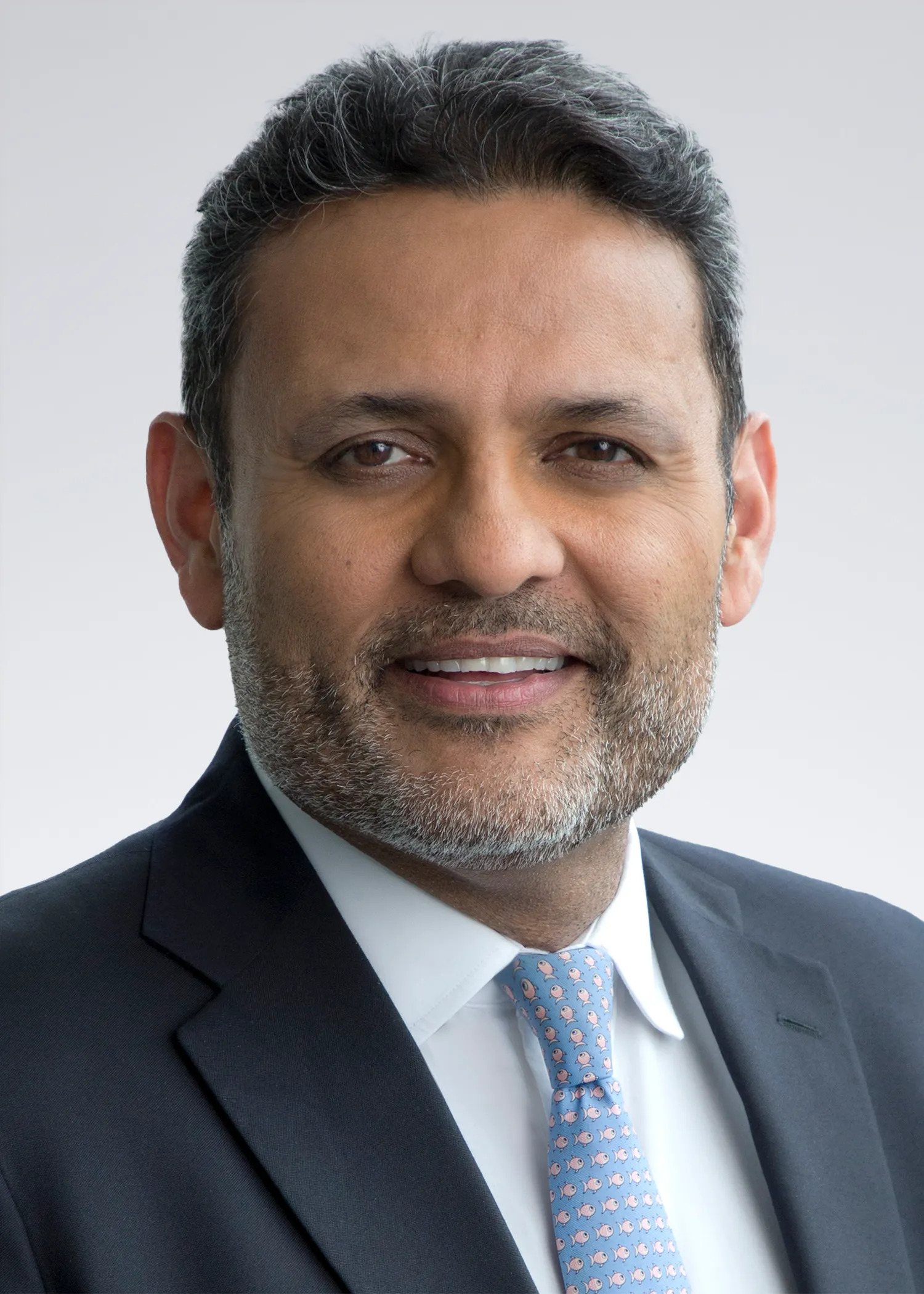In the second part of a recent sit-down interview with CFO.com, Atif Zaim, KPMG’s new deputy chair and U.S. managing principal, shares insight that stems from experience of more than 30 years on the consulting side of the firm’s business.
Zaim provides a candid take on the pressures middle-market CFOs face, his thoughts on new CPA license pathways and what it takes to keep people motivated in an environment where changes in workflow or technology can trigger resistance.
Zaim also shares how he stays centered as his personal and professional responsibilities grow, offering a look at how clarity with family in mind and professional purpose go hand in hand. For leaders facing complexity on all sides of their lives, he says, communication, intention and empathy are becoming just as important as expertise.
This interview has been edited for brevity and clarity.
ADAM ZAKI: In your experience, what has been the biggest challenge mid-market CFOs face when trying to grow?
Atif Zaim: It’s facilitating better decision-making based on information, so you can make better and more informed decisions, and make them faster and be more confident in those decisions. And what are the ingredients of that? Technology is an ingredient. Data is an ingredient. People are an ingredient. But they all manifest themselves in a different way.
Technology is a part of this, of course, because we need systems that are fit for purpose. If something like cloud technology, for example, can give you extra horsepower in certain areas, or the ability to bring together more data sources to give you or your team more insight, I’d say that’s something you ought to do.
Another major component of this is training your people to do different things. It’s going to be even more important in the AI era. What that means is having individuals who are comfortable saying, “Hey, this is what we used to do. You used to prepare this report. Now we don’t need you to prepare this report because, either through AI or general tech development, it can be auto-generated.”
Helping that individual make that transition — going from “Do I not have a job anymore?” to “What can I do that adds the next level of value to the company?” — that transition is important. It’s important for CFOs to know that their people won’t make that shift alone. You must help them.
When you’re introducing something difficult that may result in some pushback — say, new tech or a return-to-office initiative — how do you keep people motivated?
Changing human behavior is one of the hardest things to do. It’s harder than finding data. It’s harder than setting strategy. Getting people engaged during times of change, that’s the challenge.

The answer is communication, communication, communication. And not just one mode. Some people prefer emails, some want calls, some want face-to-face interaction and others prefer internal platforms or chat. You’ve got to use all of them.
And then you’ve got to explain the why. I heard someone say once that “leaders are the keepers of the why.” That’s always stayed with me. What, when and how can come from others. But leaders must communicate the purpose.
What’s your take on the 150-hour CPA rule changes? Do you think moving back to 120 hours with more experience would still produce high-quality professionals?
KPMG was the first Big Four firm to advocate for alternative pathways to earning a CPA license, such as 120 credit hours followed by two years of work under a CPA and passing the CPA exam. This pathway modernizes the CPA career landscape by adding another way to earn a CPA license beyond the traditional 150-hour academic requirement.
There are two primary reasons for that. First, it will attract more students into the profession. Business cycles go up and down. Right now, we may not be in a period where there’s a significant shortage for KPMG, especially when you consider professionals with MBAs or other qualifications. But if you look at long-term trends, we need to make this a profession that’s both desirable and attainable. Those 150 vs. 120 decisions absolutely affect how students think about which career path to choose.
Second, getting hands-on experience with technology earlier is crucial. The ability to get into the profession sooner and gain exposure to real-world technology and workflows — that’s becoming more important.
Going forward, comfort and proficiency with technology are going to be just as important, maybe more important, than textbook knowledge. Prior case law, specific accounting rules — that kind of information is more readily available now. You don’t need to memorize which book to look in if AI can surface the information for you. The question becomes: Can you apply it, use it and work with the technology that supports it?
This is the biggest moment of your career. How do you plan to fulfill the needs of this role to your fullest, while also being the best husband and father possible?
Even before taking the role, it started with a conversation about what it would entail and what my responsibilities would be. That consisted of a sit-down with the family, my three kids who are all under eighteen and my wife, and I said, “Hey, there’s this opportunity. It’s the opportunity of a lifetime. It’s the pinnacle of my professional career for me.” Then we talked about what it would mean for our personal lives. And we asked: As a family, do we think we can do this? Can we manage it?
And as a family, we decided we could. And that was important, because once I did receive the role, and we got into the transition, there were weeks when we were going to three cities, back-to-back, meeting teams around the world and across the country.
But my family understood. We agreed this would be one of those stretches where it’s all work and not much family. And there would be other stretches where it’s different.
The other part of the answer is: There are things in this role that only the person in the role can do. And I’m not saying that to sound self-important — it’s just true of the role itself.
But there are many other things that an amazing team around me can do just as well, if not better, because they have more time to go deep. So, my approach has been to focus on the things only this role can do, and delegate the rest.
That’s how I try to make it possible to be both effective in the job and present for my family. Now, I won’t say I get the balance perfect every day or every week. But with that mindset, it’s achievable.
This is part two of a two-part series. You can find part one here.





